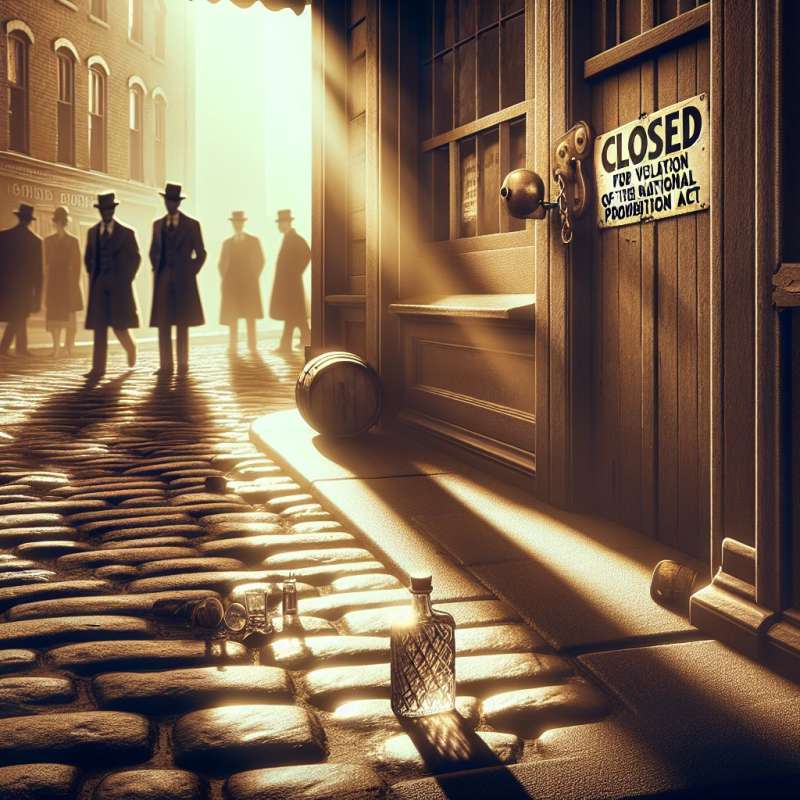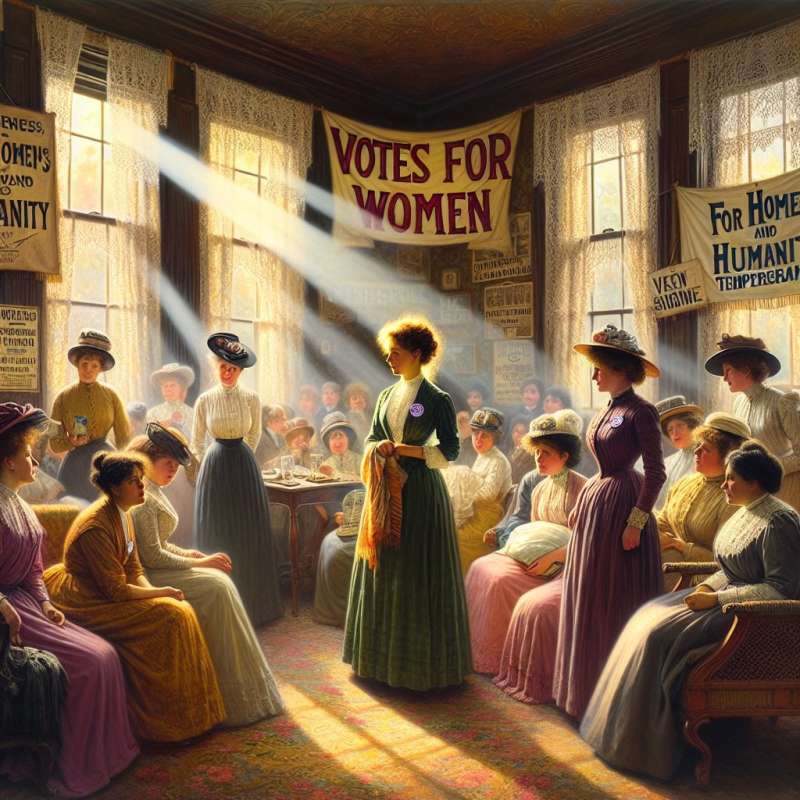
Prohibition: An Introduction
Prohibition, spanning 1920-1933, banned alcohol manufacture, sale, and transport in the U.S. Rooted in temperance movements, it aimed to resolve social issues, improve health, and reduce crime, but had complex, often unintended consequences.
Temperance Movement Roots
The temperance movement began in the early 1800s. Advocates like the Women's Christian Temperance Union linked alcohol to social ills, pushing for abstinence. Their influence was crucial in Prohibition's eventual enactment.
The Volstead Act
The 18th Amendment prohibited alcohol, but it was the Volstead Act that outlined enforcement. Ratified in 1919, it defined 'intoxicating liquors' and set penalties, effectively launching Prohibition.
Bootlegging and Speakeasies
Prohibition spurred illegal alcohol trade. Bootleggers smuggled spirits, while speakeasies—clandestine bars—flourished. Despite enforcement efforts, these illicit operations became central to 1920s American culture.
Organized Crime Rises
The demand for illegal alcohol empowered mobsters like Al Capone. Organized crime syndicates controlled the bootlegging industry, leading to increased violence and corruption, ironically boosting the crime Prohibition aimed to reduce.
Prohibition's Economic Impact
Prohibition affected the economy significantly. Government lost tax revenue from alcohol sales, while spending more on law enforcement. Meanwhile, illegal markets thrived, altering the economic landscape.
Repeal and Aftermath
Faced with rampant illicit activity and the Great Depression's financial strain, public opinion shifted. The 21st Amendment, passed in 1933, repealed Prohibition, acknowledging its failure to legislate morality and its unintended negative impacts.Medical Alcohol Sales
During Prohibition, doctors prescribed alcohol for 'medicinal purposes,' leading to a surge in 'medical' alcohol sales and over 6 million prescriptions issued annually.
What years did Prohibition span?
1920 to 1933
1919 to 1928
1925 to 1935
Company